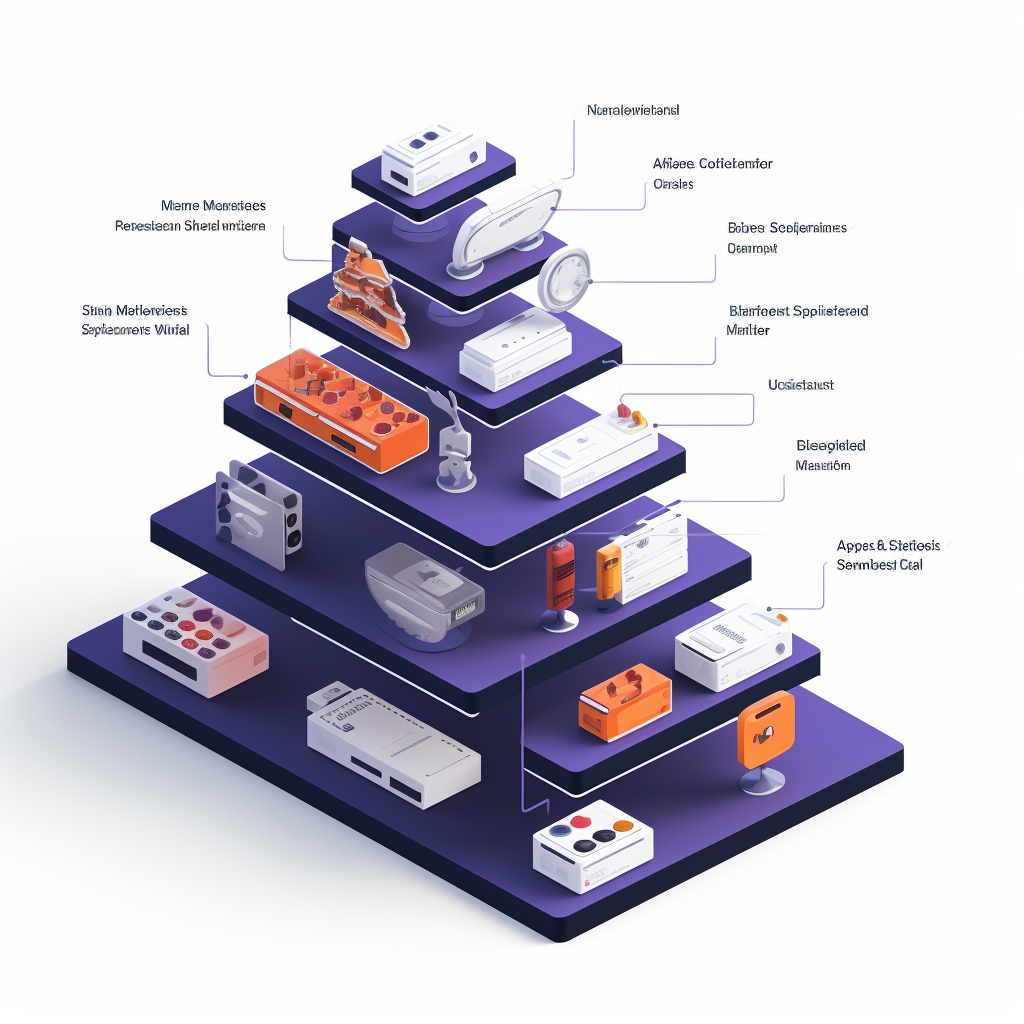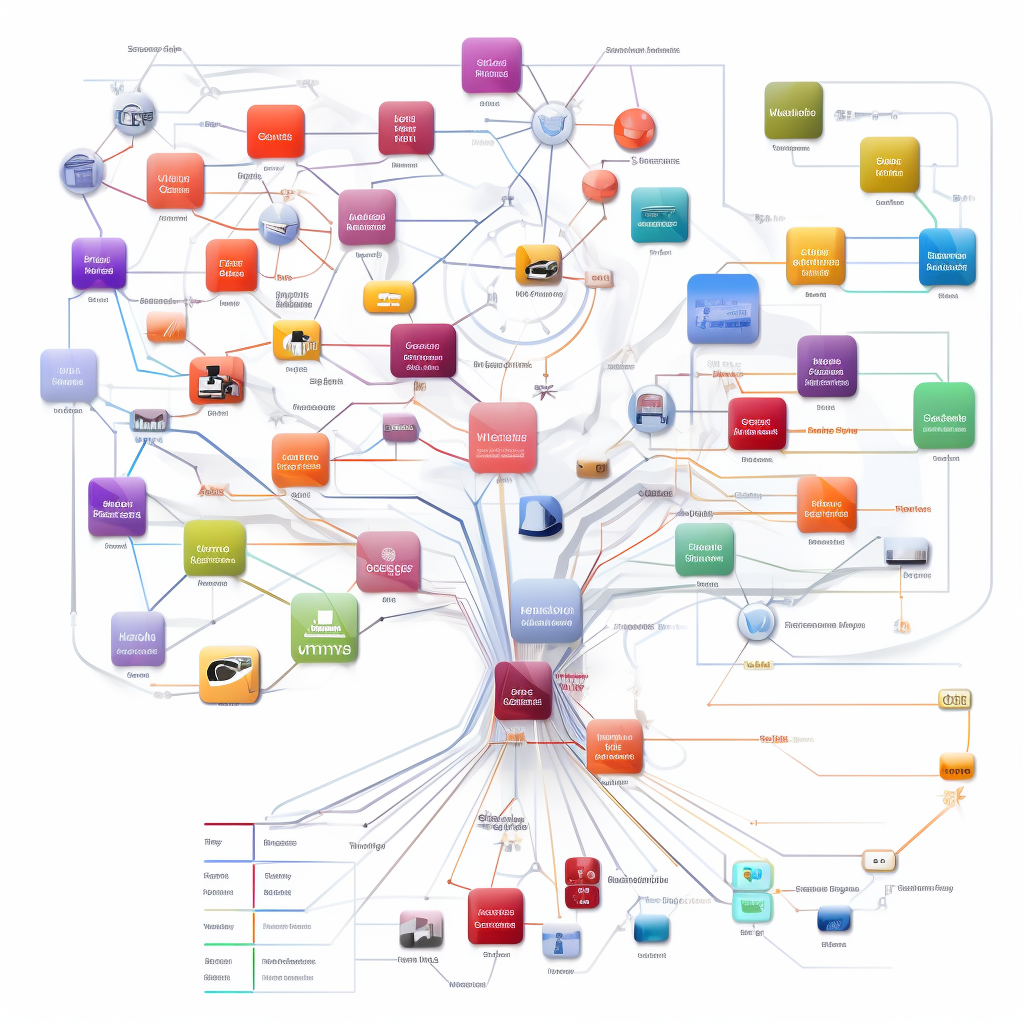In the retail industry, managing a diverse range of products can be a daunting task. One effective strategy to streamline this process is by organizing products into product groups. This simple, yet powerful, approach can have far-reaching implications on various aspects of retail operations, from inventory management to marketing initiatives.
If you want to check our tools for helping with product groups, please visit our website : https://www.productcategorization.com
Our product group tools are used with great success by multinational companies, unicorn startups, AdTech, online stores, Saas platforms, individuals and others.

Understanding Product Groups
Product groups are a way of categorizing related products based on shared characteristics such as type, use, price, brand, or any other relevant attribute. This grouping allows for easier management of products within the same category, as they often share similar sales trends, customer demographics, and marketing strategies. For instance, a supermarket may have a product group for ‘Organic Products’, which includes all items certified as organic, regardless of whether they are fruits, dairy products, or cereals.
The Importance of Product Groups
The concept of product groups is essential in retail for several reasons:
- Inventory Management: Grouping products simplifies inventory tracking and management, making it easier to monitor stock levels and plan reorders.
- Marketing and Promotions: Product groups can be targeted with specific marketing campaigns or promotions, increasing their effectiveness.
- Sales Analysis: Analyzing sales at the product group level can provide valuable insights into market trends and customer preferences.
- Customer Experience: Product groups can make shopping easier and more intuitive for customers, improving their overall shopping experience.

4. Setting Up Product Groups
Creating product groups involves a careful evaluation of your product range and a deep understanding of your customer base. The process typically involves the following steps:
- Identify Key Attributes: Determine which attributes are most relevant to your customers and your business. This could include factors like price, brand, quality, or usage.
- Group Similar Products: Using these attributes, group similar products together to create your product groups.
- Review and Refine: Continually review and refine your product groups based on sales performance, customer feedback, and market trends.

5. Challenges in Creating Product Groups
While product groups can be incredibly beneficial, they are not without their challenges. Some common issues include:
- Overlapping Groups: Some products may fit into multiple groups, making it difficult to assign them to just one group.
- Scalability: As your business grows, maintaining and managing your product groups can become more complex.
- Changing Trends: Customer preferences and market trends can change, necessitating updates to your product groups.
6. Leveraging Technology for Product Group Management
Modern technology can greatly assist in managing product groups. Retail management software can automate many aspects of product group management, including inventory tracking, sales analysis, and marketing campaign management. Advanced analytics can provide valuable insights into the performance of product groups, helping you make data-driven decisions. Furthermore, machine learning algorithms can help create dynamic product groups that adapt to changing customer behavior and market trends.
7. Conclusion
In conclusion, product groups are a powerful tool in the retail industry. They provide a structured approach to managing a diverse range of products, making it easier to track inventory, analyze sales, and plan marketing initiatives. While setting up and managing product groups can have its challenges, the benefits they provide make them an invaluable strategy for retail success.



